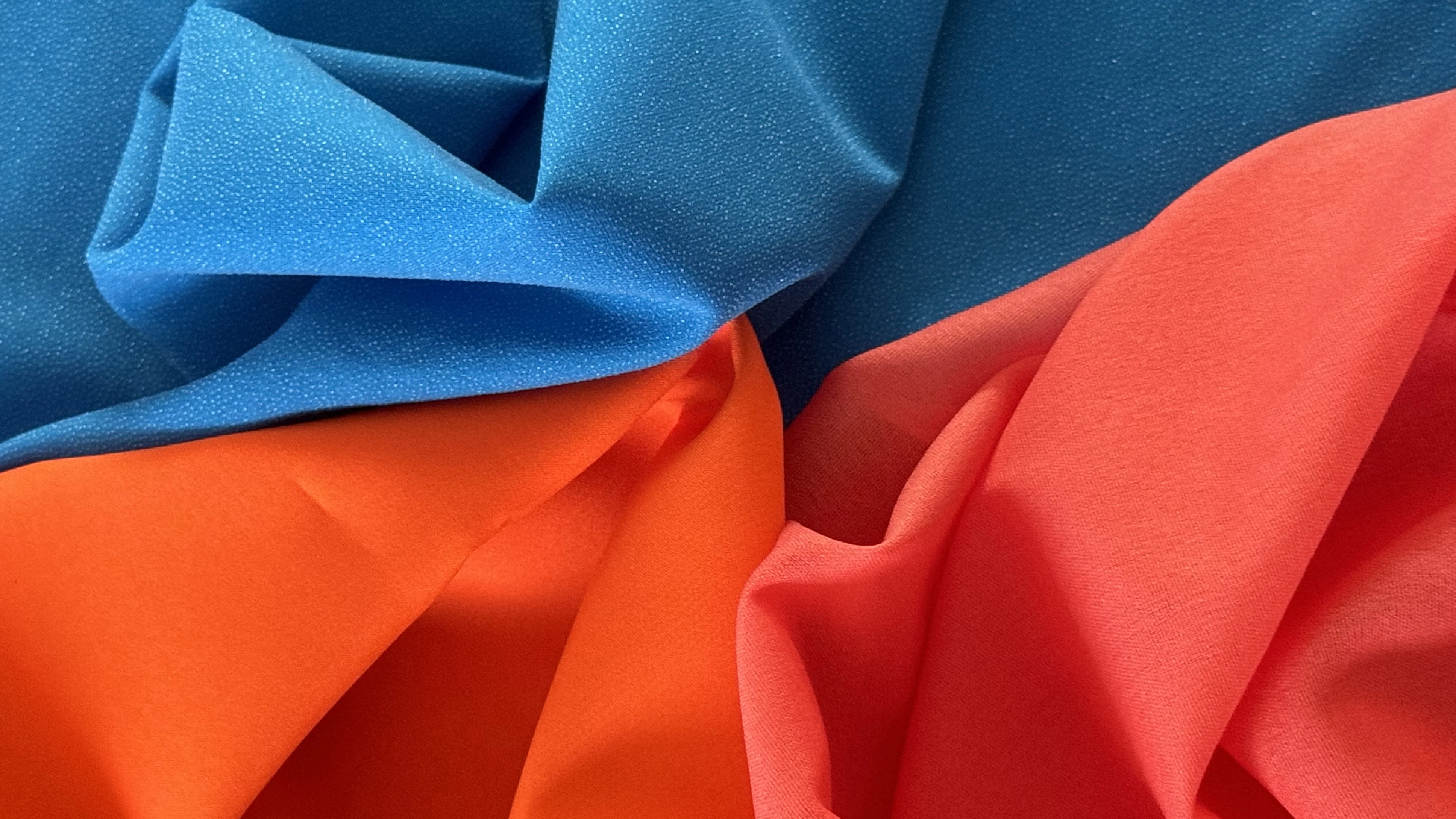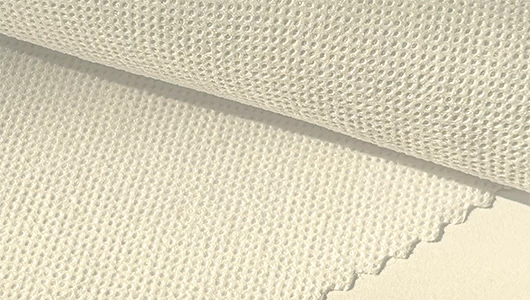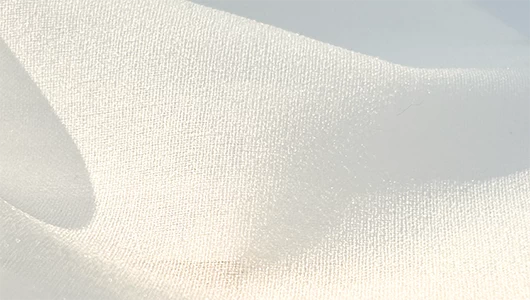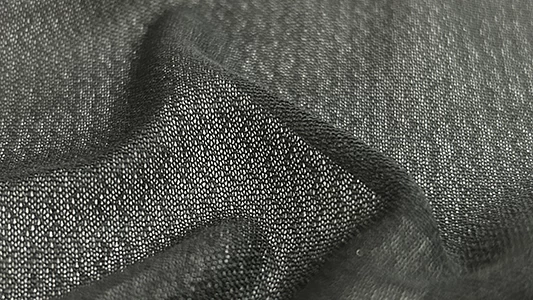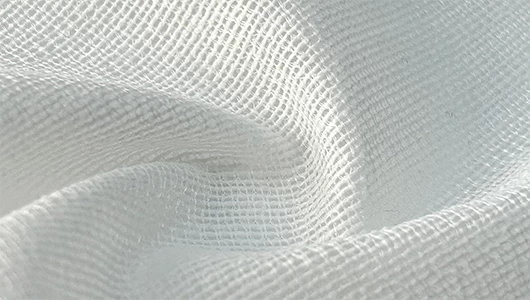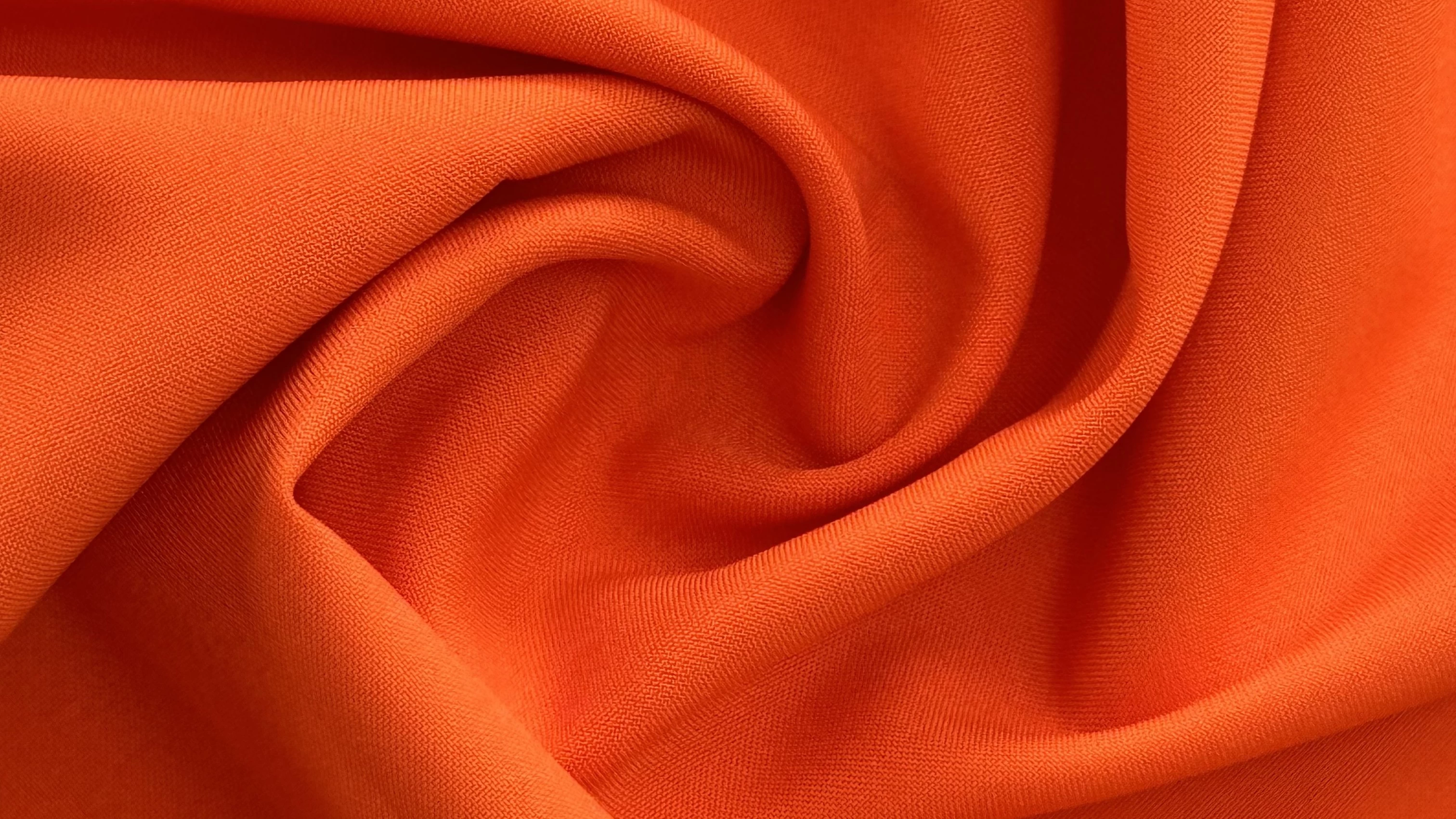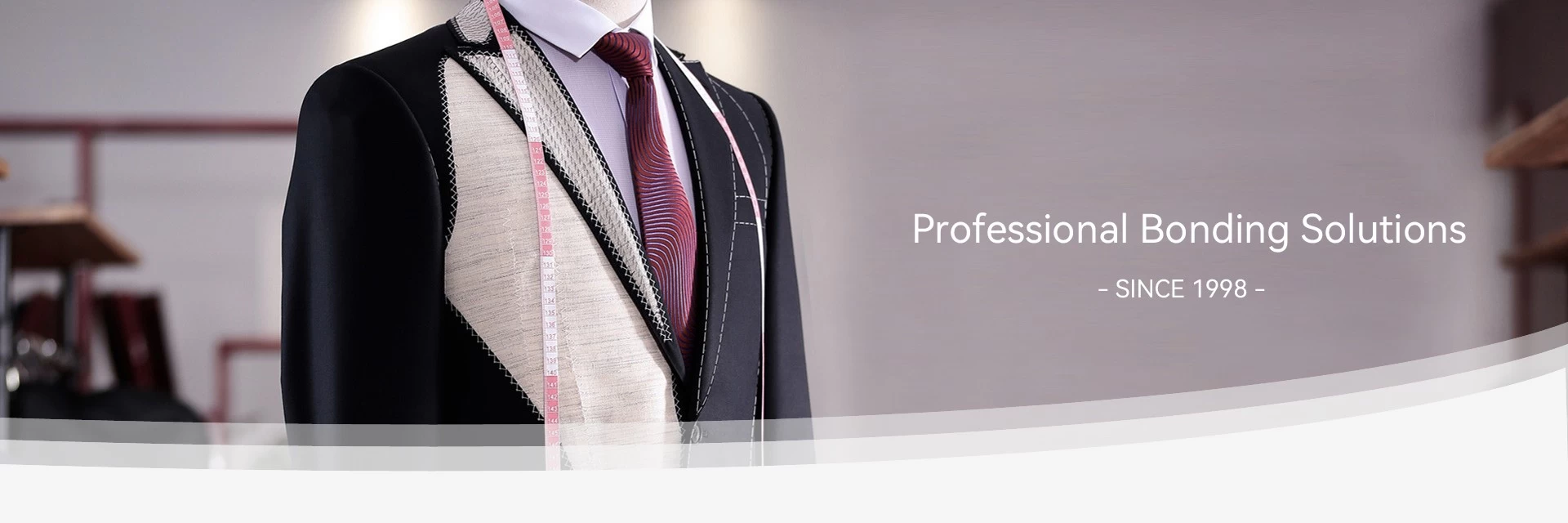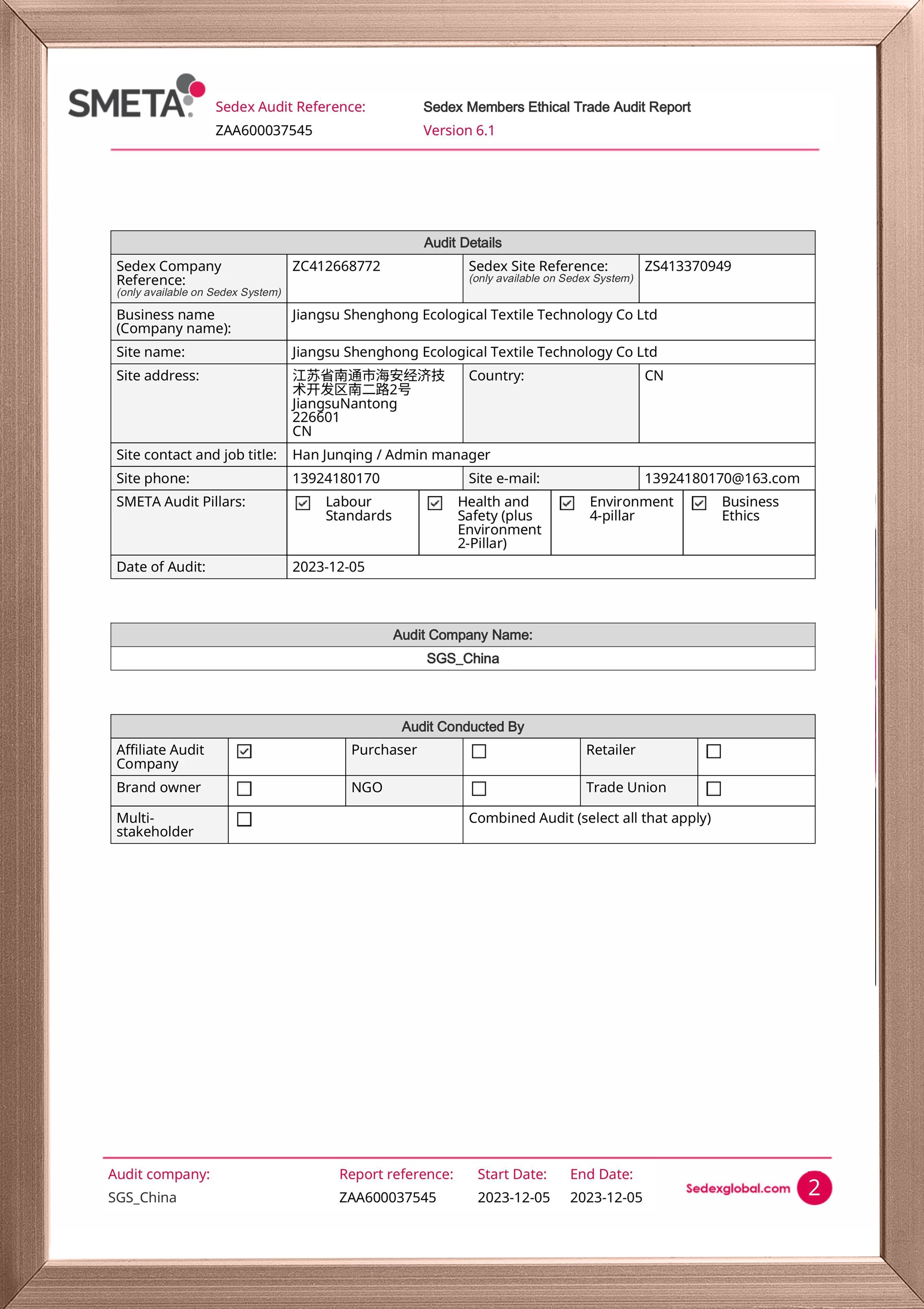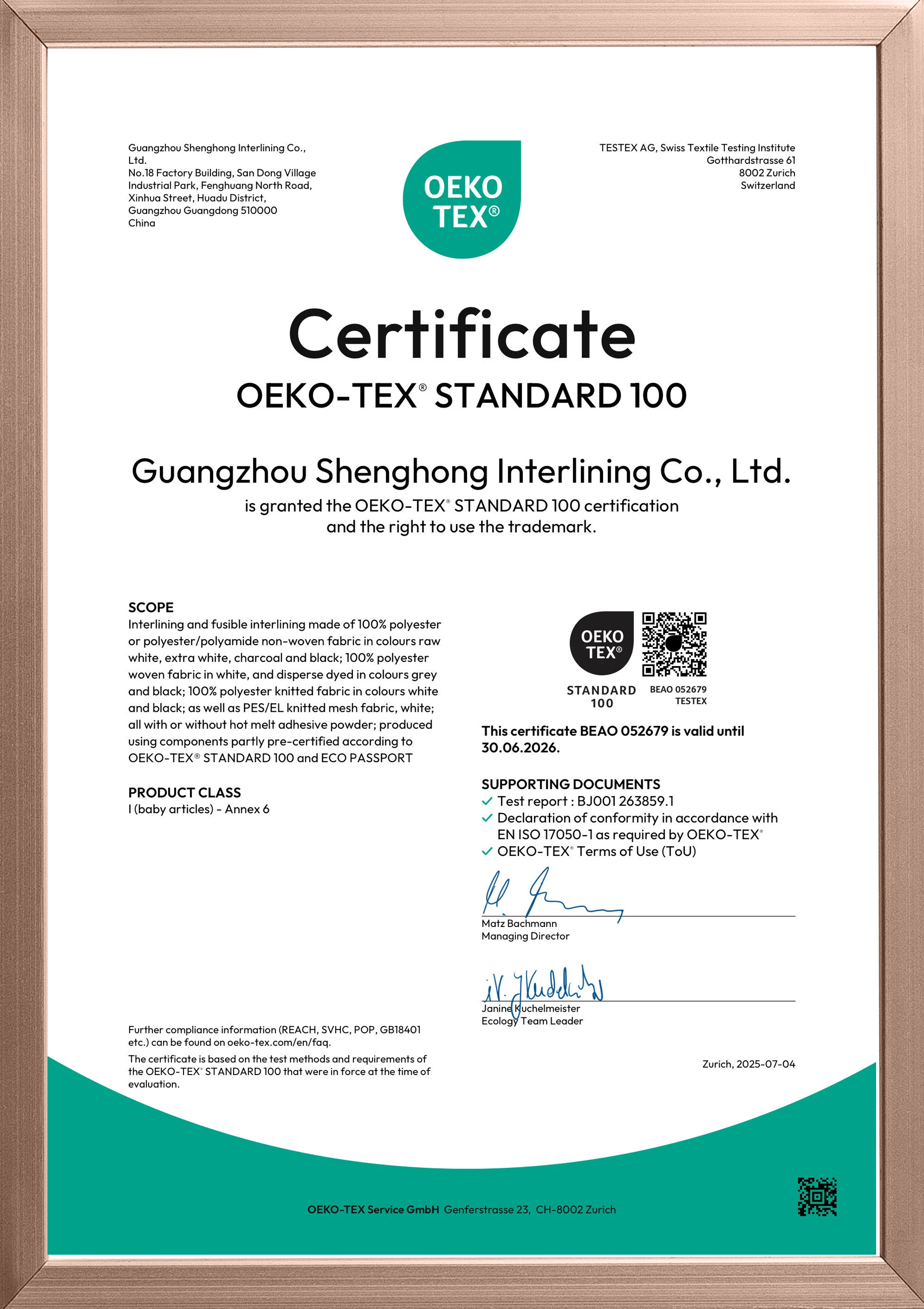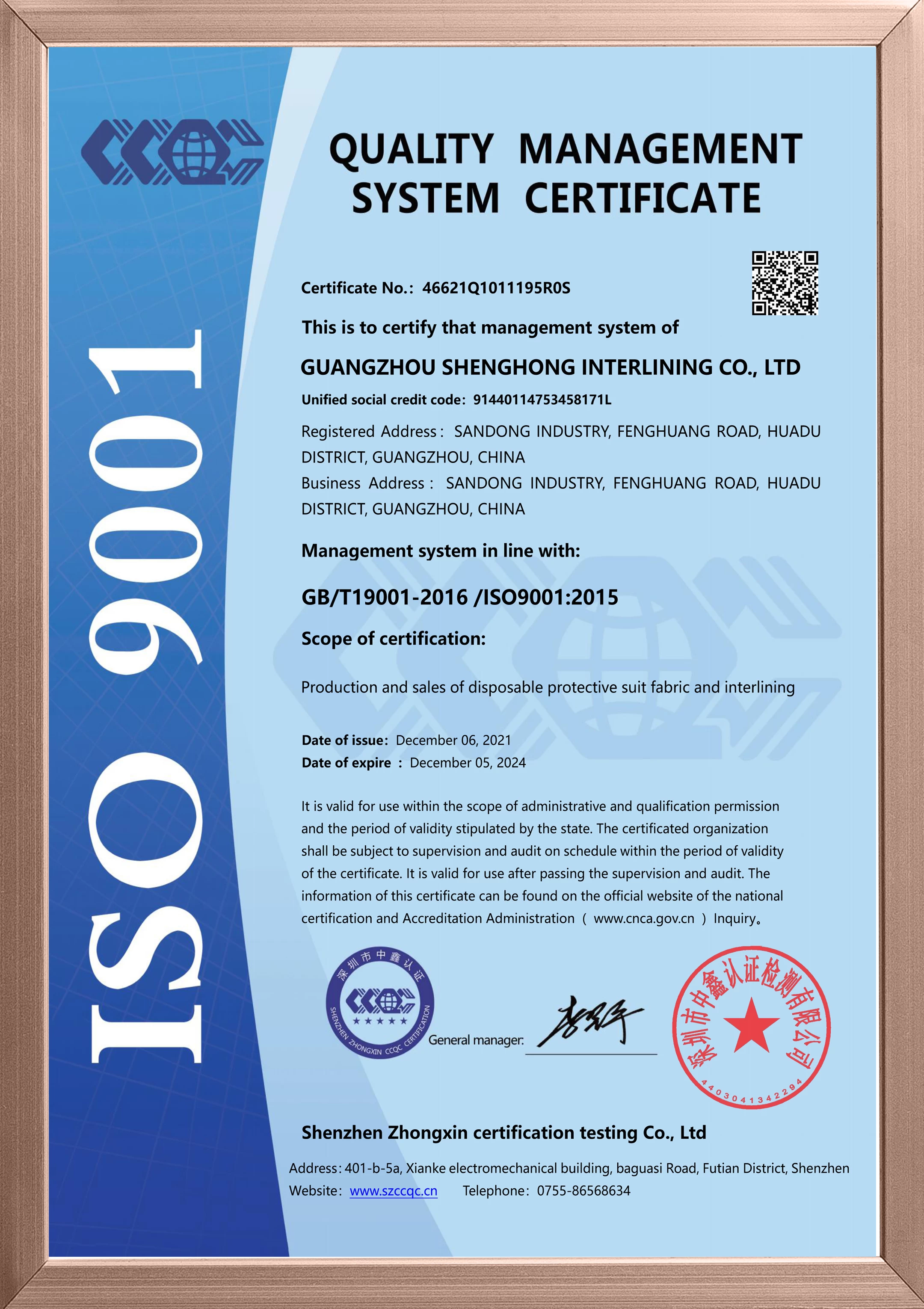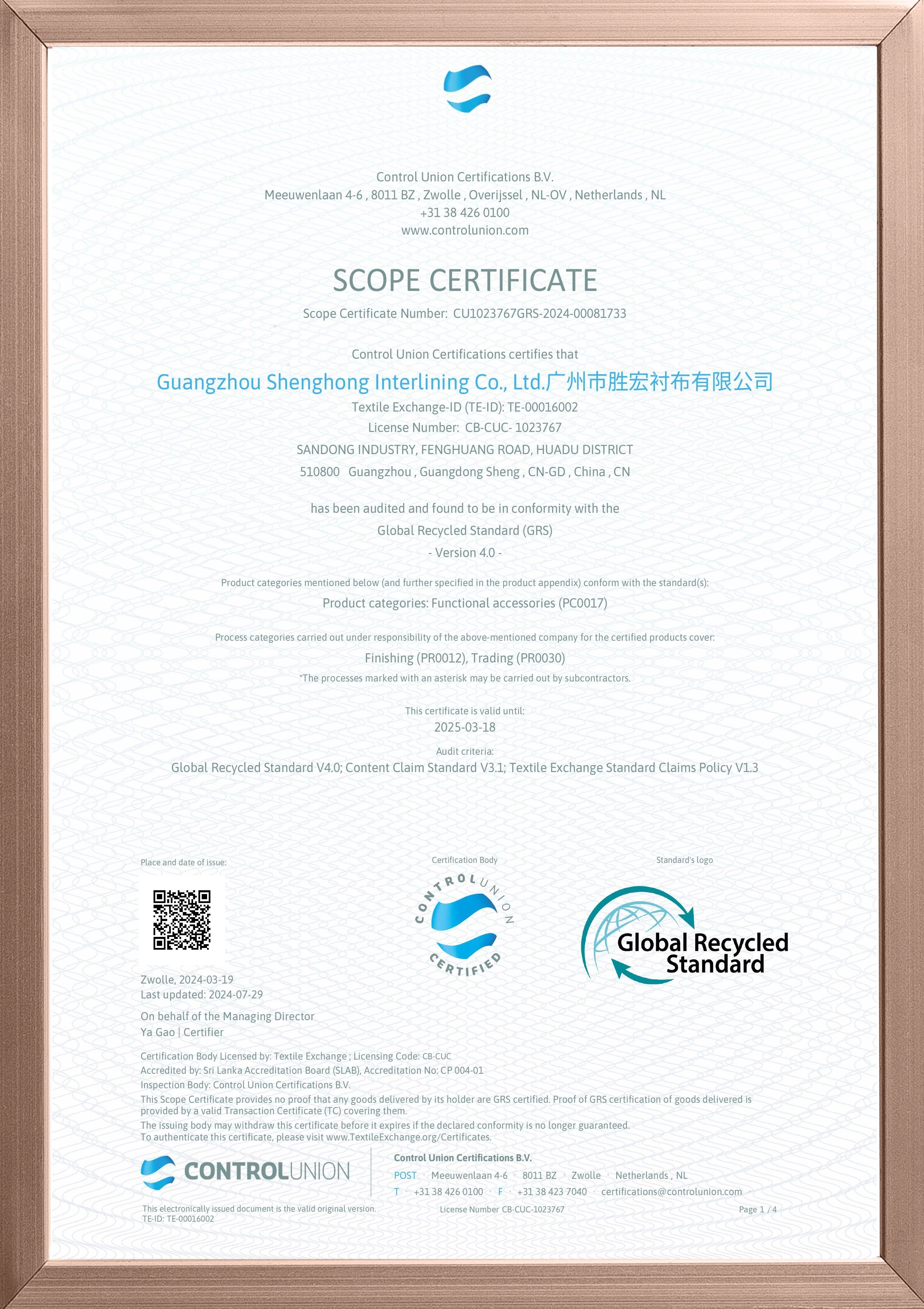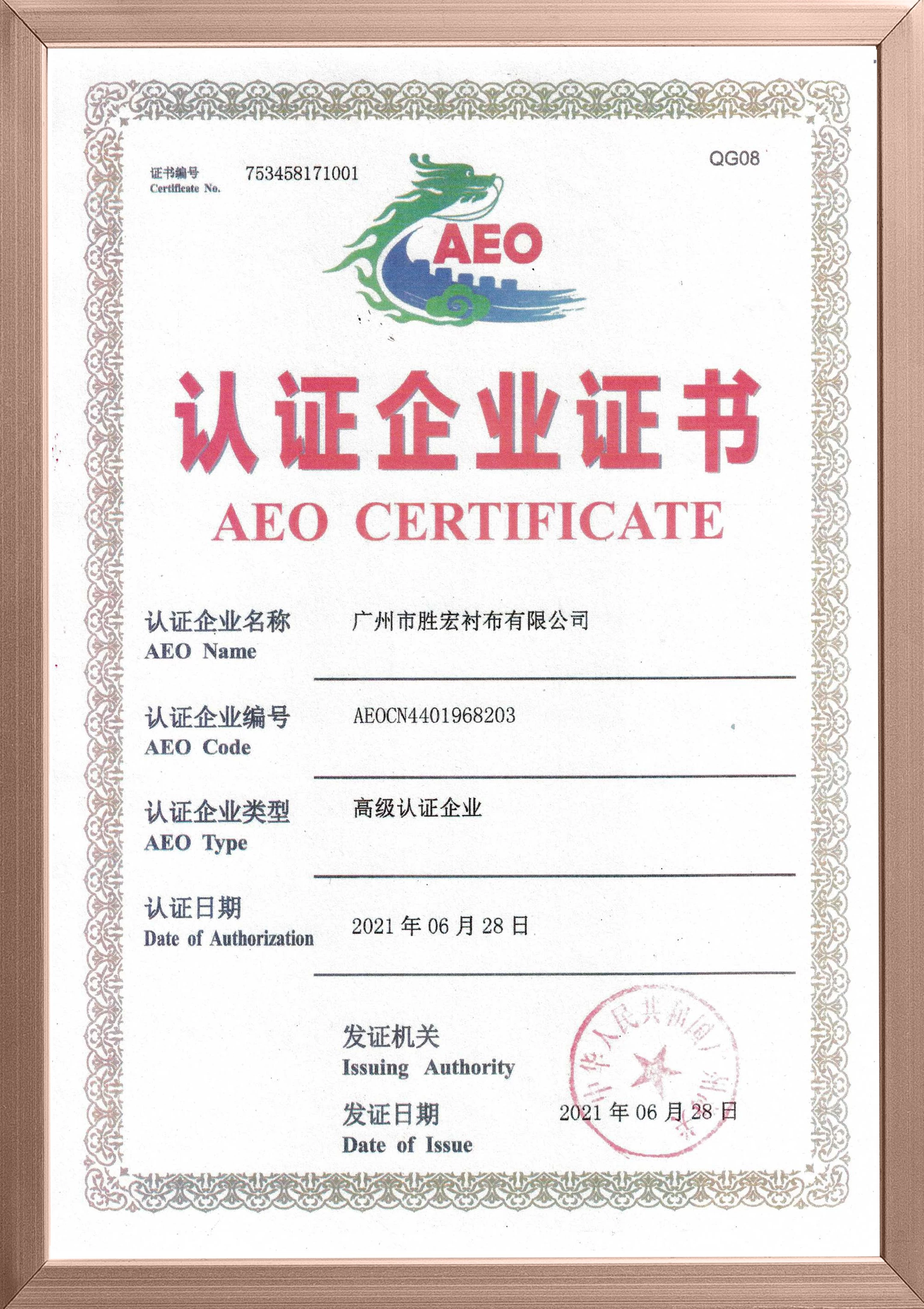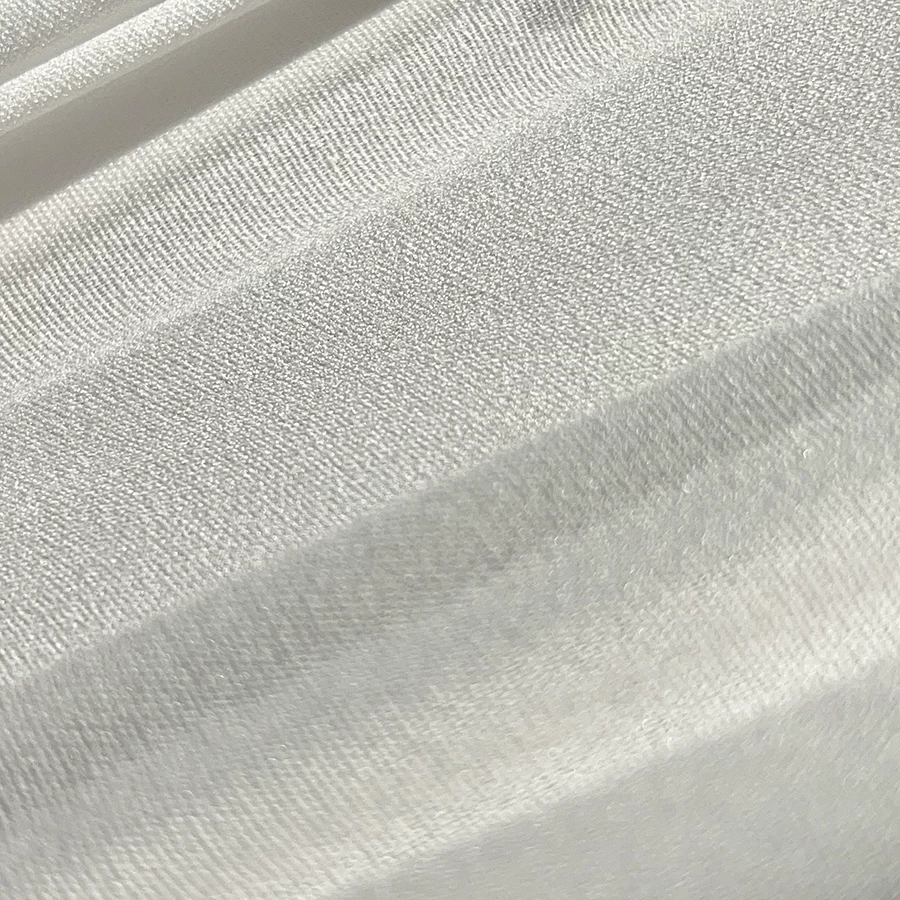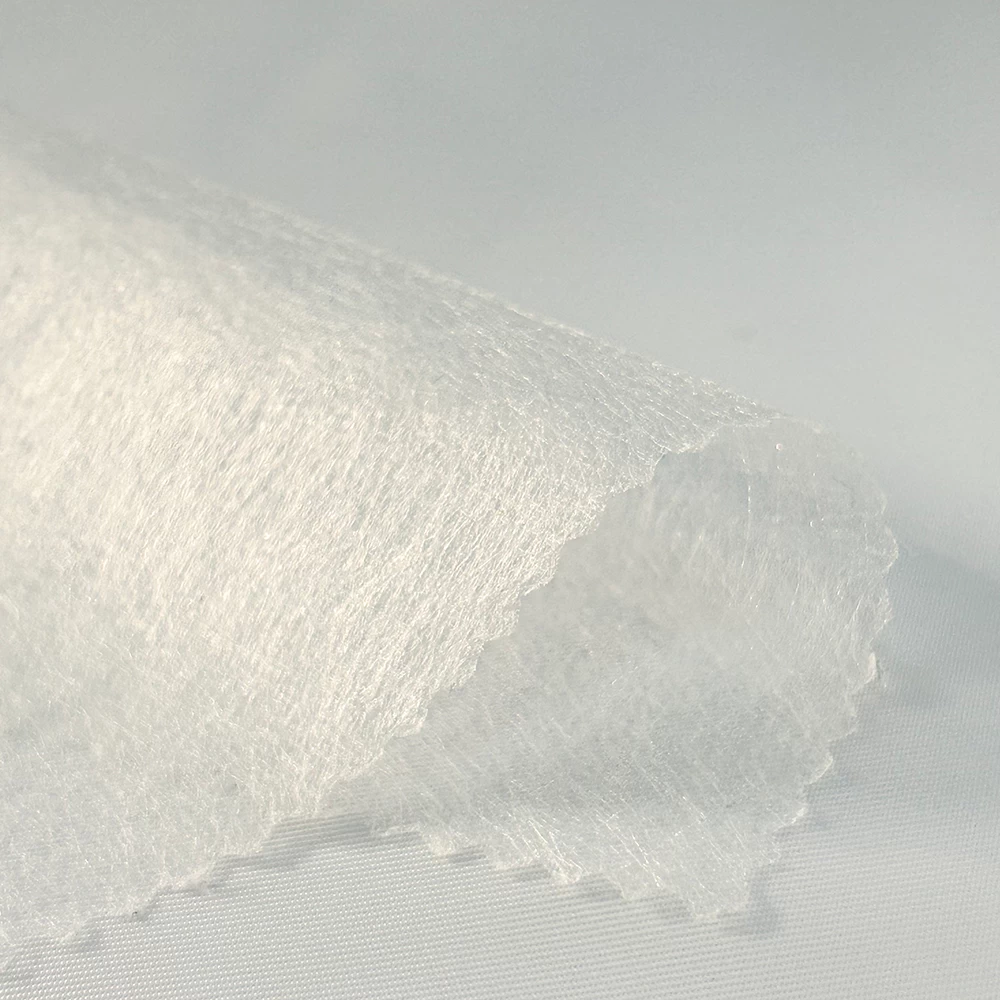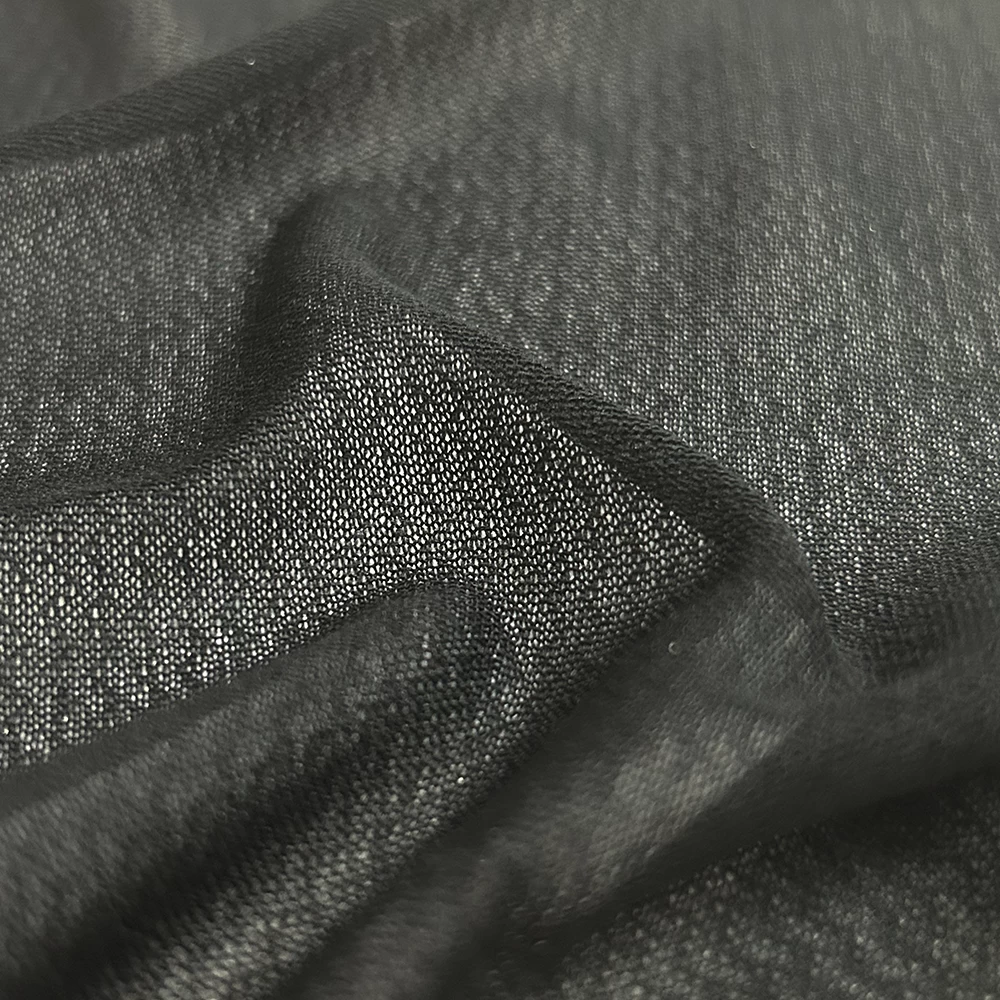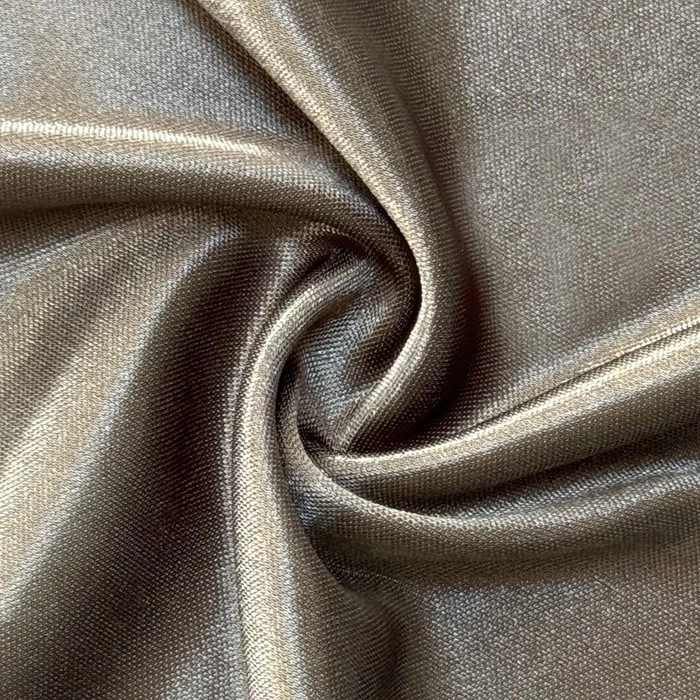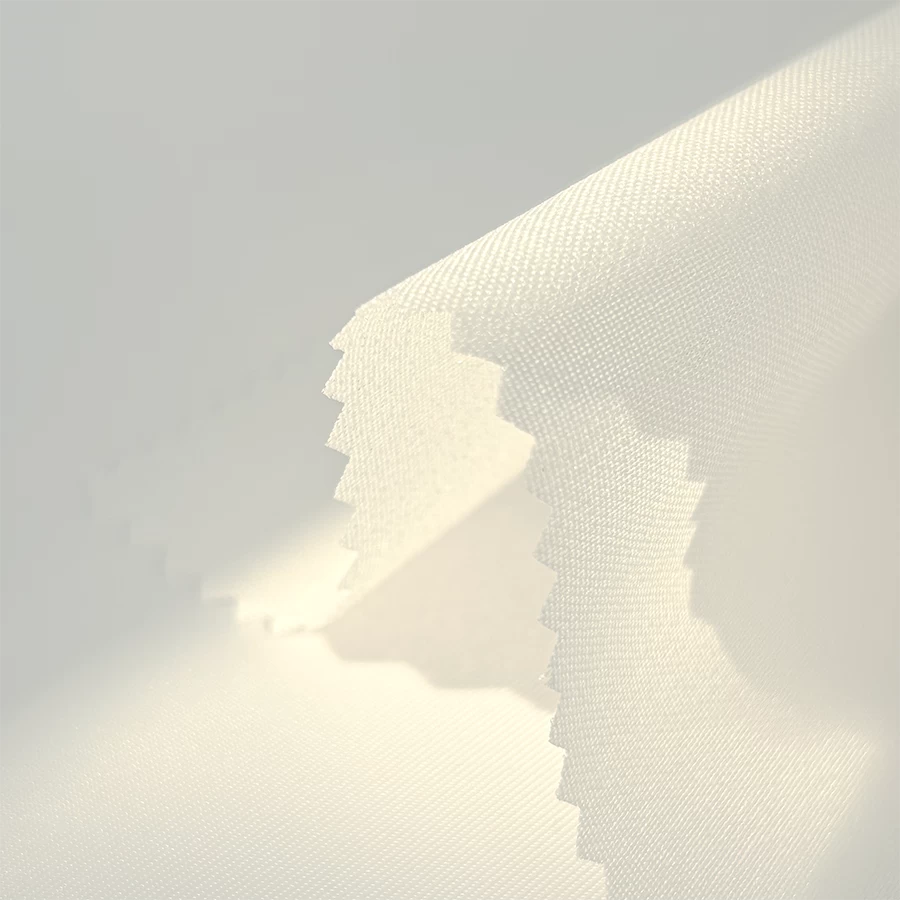The History of Interlining: Metamorphosis from Basic to Artistic
From the initial simple auxiliary materials, to become an indispensable element of fashion design, the history of the development of interlining fabrics is a vivid chapter of the integration of practicality and aesthetics.
1.Origin: the wisdom of an ancient civilization
The origins of interlining can be traced back to ancient times. At that time, mankind had already begun to make use of natural fibers such as hemp, grass, animal skins, etc. to produce clothing and coverings. Although the concept of interlining had not yet been clearly formed, the use of some simple fabric layers had already begun to have the function of interlining - to enhance the stability of the structure and improve wearing comfort. Ancient Egypt, Ancient China, Ancient India and other civilizations have found the remains of clothing made with multiple layers of fabric, which can be regarded as the early form of interlining application.
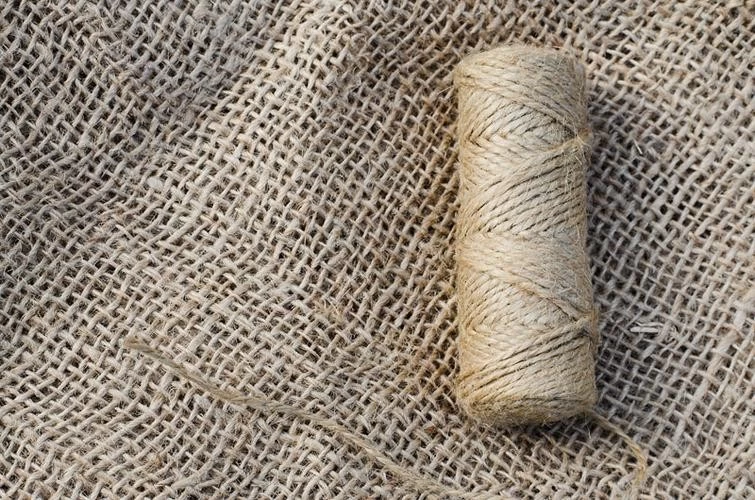
2.Development: technological innovation under the Industrial Revolution
In the 18th century, with the rise of the Industrial Revolution, the textile industry witnessed unprecedented changes. The invention of the steam engine enabled the transition of textile production from handmade to mechanized, with a significant increase in productivity. During this period, the emergence of chemical fibers added more choices of interlining materials, such as rayon and nylon, which were not only lightweight and durable, but also easy to process, greatly enriching the types of interlining and the range of applications. In particular, the popularization of sewing machines has made interlining fabrics more closely integrated with outerwear fabrics and become an indispensable part of garment production.
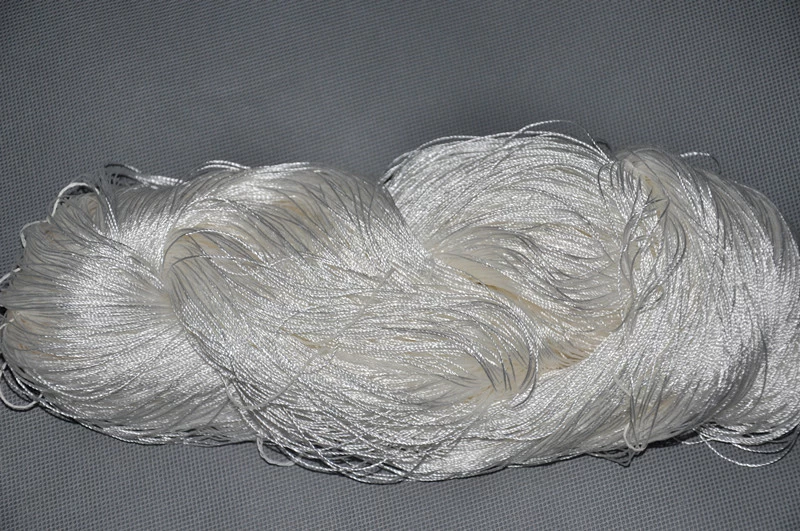
3.Transformation: the fusion of modern design and functionality
In the 20th century, as the global fashion industry boomed, interlining was no longer limited to functional considerations, and its design and artistry gradually became the focus of designers' attention. Designers began to explore how different materials, colors, and patterns of interlining fabrics could be cleverly matched with outerwear fabrics to achieve the effect of both enhancing the structure of garments and beautifying their appearance. At the same time, with the advancement of technology, new interlining materials such as memory fabrics and elastic interlining came into being, which can better adapt to the human body curve, enhance the wearing experience, and satisfy the modern people's dual pursuit of comfort and personalization of clothing.
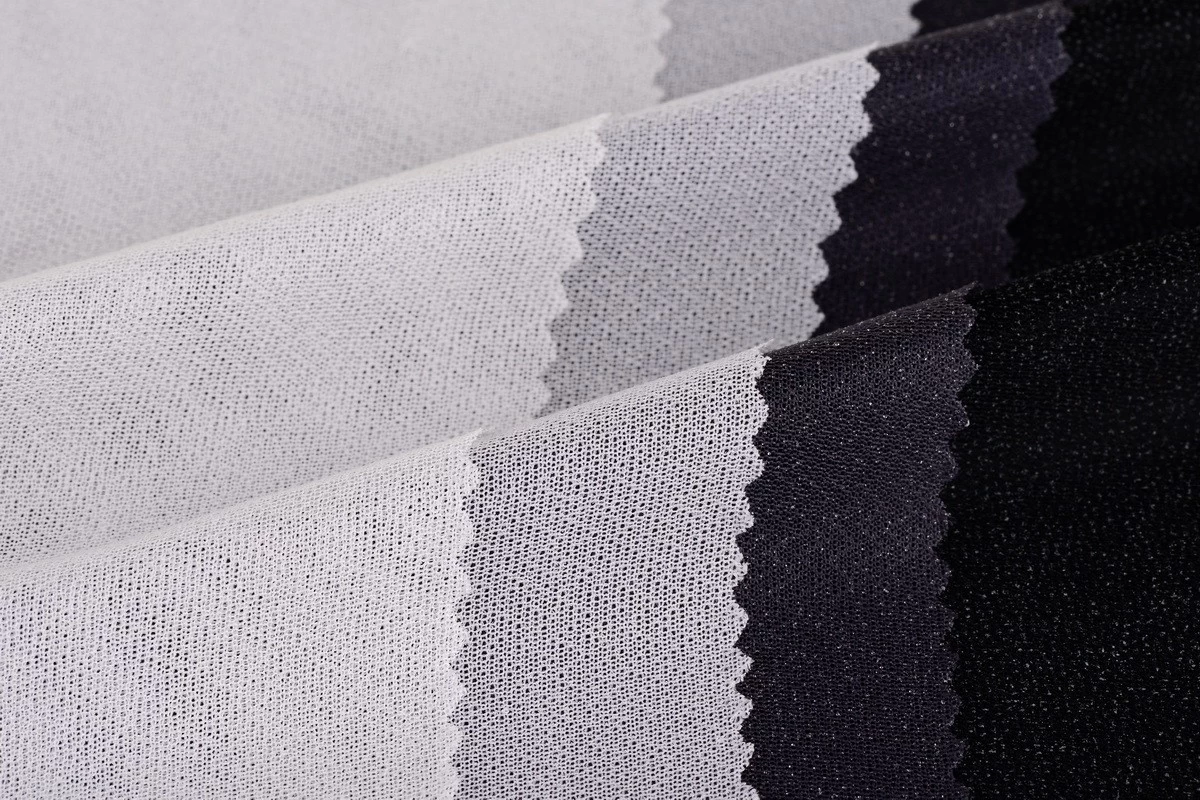
4.Innovation: the introduction of environmental protection and sustainable concepts
Entering the 21st century, the global emphasis on environmental protection and sustainable development has prompted the interlining industry to embark on a green transformation. Environmentally friendly fibers such as organic cotton, bamboo fiber, and recycled polyester are widely used in interlining manufacturing. These materials not only reduce the burden on the environment, but also ensure the quality and performance of the products. In addition, the research and development of recycling technology and biodegradable materials have opened up new paths for the sustainable development of the interlining industry.
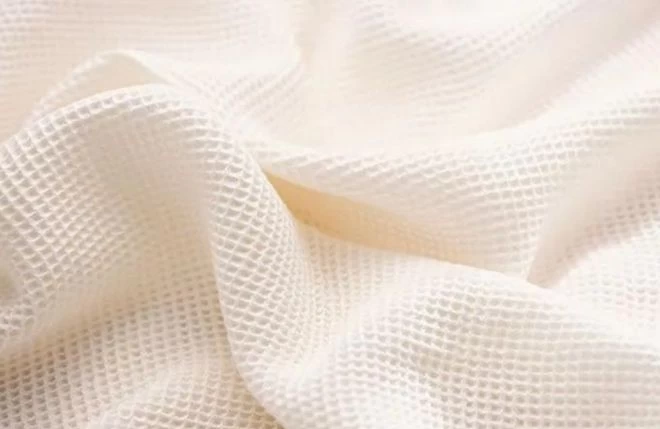
5.Future Prospect: Infinite Possibilities of Technology and Art
Looking to the future, the development of interlinings will continue to be closely linked to technological progress and artistic innovation. The development of smart textiles, such as temperature-adjustable interlining, health monitoring interlining, etc., will give interlining more functionality, so that it is not only a component of clothing, but also an intelligent assistant for human health management. At the same time, with the application of 3D printing technology, nanotechnology and other cutting-edge technologies, the design and production of interlinings will be more personalized and efficient, to meet the growing diversified needs of consumers.China non-woven interlining suppliers

